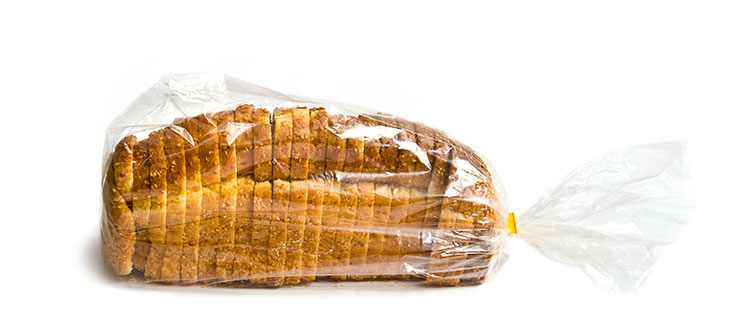
5. November 2022
By Catalina Mihu
Working to repurpose product waste, Van de Weijer Drogerij dries products on its self-made lines. To do so
sustainably, it begins by separating food products from packaging.
Stale bread is shipped to the small town of Panningen for repurposing just as it sat on the supermarket shelf, packaging and closures included. The Dutch company headquartered here since 1988 has been building its own systems for separation and drying, and has self-produced technologies and processing methods designed to separate, upcycle and recycle old bakery products. The company uses bread that is no longer suitable for human consumption and turns it into animal feed. The processing lines, which run 24/7, include both processing for efficiency. Van de Weijer Drogerij has developed various drying lines with specifications that match the requirements of different types of products.


